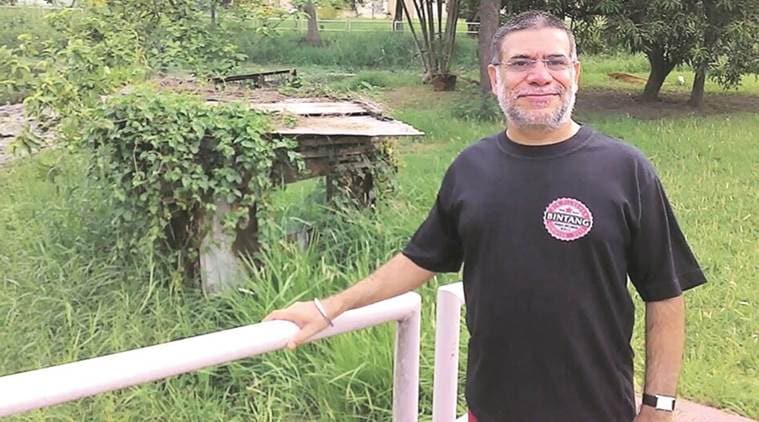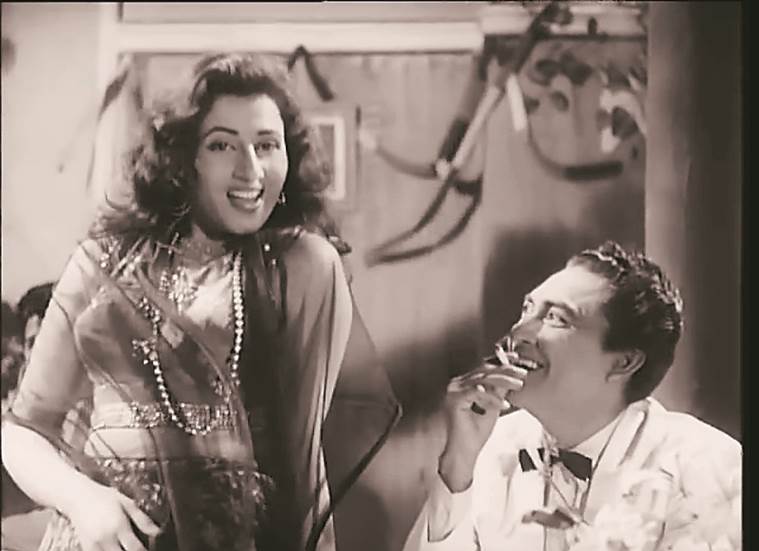 Karan Bali
Karan Bali
Sasadhar Mukherjee, a prominent filmmaker from ’40s and ’50s, used to have a peculiar demand from his screenplay writers. As per film historians, he would instruct screenwriters to make the scenes “artificial and rickety” so that the viewers would grow impatient for a song sequence. Mukherjee thought that, if audiences were too engrossed in the story, they would regard the song and dance as an unwarranted intrusion which, in his opinion, was the most important element in a film.
While Mukherjee’s filmmaking philosophy wasn’t the norm during the era, it stands as an indicator of how song sequences are perceived in Indian film tradition and the importance they held historically.
With changing times, shortening film duration and audiences getting increasingly impatient, the number and space of film songs is shrinking. As filmmakers are adapting different ways of storytelling to cater to an audience that is being exposed to varied narrative styles by filmmakers across the world, the song and dance element of Indian cinema has seen its own evolution.
 ‘Aaiye meherbaan’ from Howrah Bridge
‘Aaiye meherbaan’ from Howrah Bridge
This interesting journey of Indian film songs spanning eight decades — from the first talkie, Alam Ara (1931) — is the subject of a four-day workshop that will be conducted by film director and historian Karan Bali. The workshop is being organised by Film and Television Institute of India (FTII) and National Film Archive of India (NFAI).
Bali has written extensively on Indian cinema and is co-founder of upperstall.com, a website dedicated to Indian cinema and its luminaries. He feels that understanding Indian film music is essential to understanding mainstream Indian cinema.
“We will trace the journey of Indian film songs since its birth till today. Film music is more varied today than in the olden days. Technology has helped the process of recordings and mixing. However, the changes in film music have come at the cost of emotion. In my opinion, songs, today, largely lack emotion,” says Bali.
He adds that the ’50s were the best times for film music thanks to the melodious compositions and meaningful lyrics that reflected a philosophy of life. These were picturised by master directors such as Guru Dutt, Raj Kapoor, Vijay Anand and Raj Khosla, which elevated the song-and-dance routine to something sublime.
“At that point of time, the country was going through a phase of idealism after Independence. A lot of poets started working as lyricists and infused a political and philosophical awareness in the songs. Composers came out with some of the best compositions, with singers such as Lata Mangeshkar, Mohammed Rafi, Geeta Dutt and Asha Bhosle being at their peak,” says Bali.
The filmmakers in the ’50s built the situations for song sequences. They often explored long scenes, as in Mud mud ke na dekh in Shri 420 (1955), so that songs became an integral part of the narrative and propelled the plot.
“In Guru Dutt’s films, if you walked out at the beginning of a song and returned at the end of it, you would actually miss a part of the story. They were integrated in the narrative in such a manner,” says Bali.
He thinks that Vijay Anand – director of Guide (1965), Teesri Manzil (1966) and Jewel Thief (1967) — was the best India has produced in terms of song picturisation.
The workshop, however, wouldn’t just limit itself to the history of Hindi film music. It will also consider the trends in films produced in other Indian languages.
“I feel that choreography in Tamil film songs is unbeatable. And, in the ’80s, when Hindi film music saw its worst phase, Ilaiyaraaja produced some of his best music. Talking of Marathi cinema, some early songs of Prabhat Studio were very innovative. In Kunku (1937) you would find Shanta Apte singing an English song and, in Manus (1939), you would be surprised to find a multilingual song by Shanta Hublikar. In the ’50s and the ’70s, in the Bengali industry, the romances starring Uttam Kumar and Suchitra Sen contained songs which subtly created the mood with their lighting and backdrop,” he says. With the passage of time, Bali feels, there have been many changes in Indian film songs — most of them working to the detriment of the craft.
“Over the years, we have lost lip-sync songs. There are few of them these days. These days, songs are used as item numbers. Another change, which I find important to note is, the death of the ‘sad song’. You would find that the best songs written by our greatest lyricists are the sad ones. These let the audience into the minds of the characters when they are having an introspective moment. These were important because, honestly, cinema works best when you let your audience into the minds of the characters,” said Bali.
The workshop is being held on April 8-9, and 14-15 at FTII campus on Law College Road